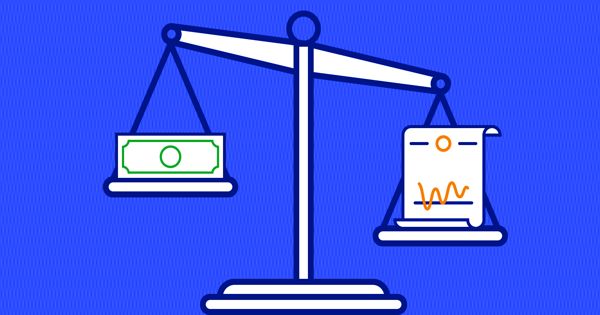Third-degree price discrimination is the practice of charging different prices to various consumer groups. It happens when a corporation charges various prices to different types of customers. entails charging various prices for the same commodity to different groups of people. These customer categories can be recognized by specific criteria such as age, gender, region, and time of use. For example, a movie theater may separate spectators into seniors, adults, and children, with each paying a different amount to see the same film. This is the most common type of discrimination.
Third-degree price discrimination, also known as group price discrimination, involves charging varying prices depending on a specific market segment or consumer group. It occurs when organizations charge varying prices for products and services based on the specific demographics of sections of their customer base, such as students, military members, or older adults. It is very common in the entertainment sector. Companies can comprehend broad customer traits more easily than individual purchasers’ purchasing inclinations.
Third-degree price discrimination allows for a reduction in consumer surplus by catering to the price elasticity of demand of specific customer subsets. This pricing approach is common in movie theater ticket sales, amusement park admission fees, and restaurant specials. This pricing approach can catch consumer groups that would otherwise be unable or unable to purchase a product due to their lower-income, enhancing firm revenues. For example, if a person wants to see a movie, the price for the same screening varies depending on whether the person is a minor, an adult, or a senior.
Third-degree price discrimination occurs when a company charges a different price to a customer based on which consumer category they belong to. Cinemas, for example, charge varying charges to adults, seniors, and youths – whereas taxi drivers frequently charge a higher cost during peak hours. Rail and tube users, for example, can be classified into commuters and casual users, while moviegoers can be divided into adults and children. The division of the market into peak and off-peak use is fairly prevalent, and it occurs with gas, electricity, and telephone supplies, as well as gym membership and parking fees. The most common type is third-degree discrimination.
Third-degree price discrimination is fairly widespread in the real world. In order for a company to engage in price discrimination, the following conditions must be met:
- Pricing authority. Some market dominance.
- Capability to segment various consumer classes (e.g. rail card to prove you are a senior citizen)
- Possibility of preventing resale. Stop adults from using student tickets, for example.
Although first-degree price discrimination maximizes revenue by extracting the consumer’s maximal willingness to pay, it is difficult to apply in the actual world. As a result, it is more of an abstract concept that corporations strive for. Third-degree pricing discrimination is the closest most businesses can come to maximizing consumers’ willingness to pay.
















